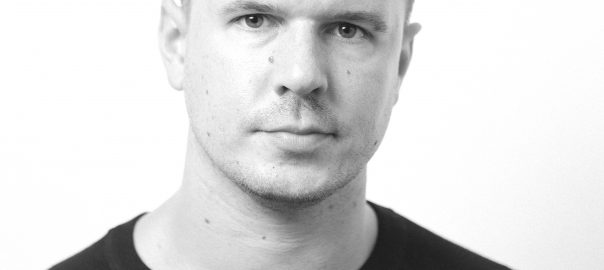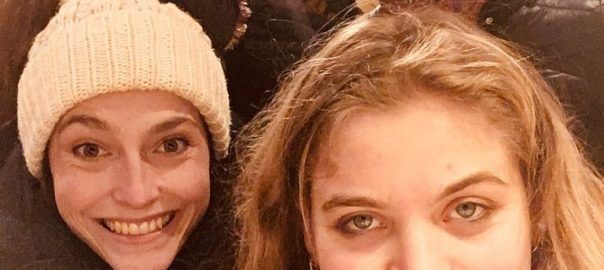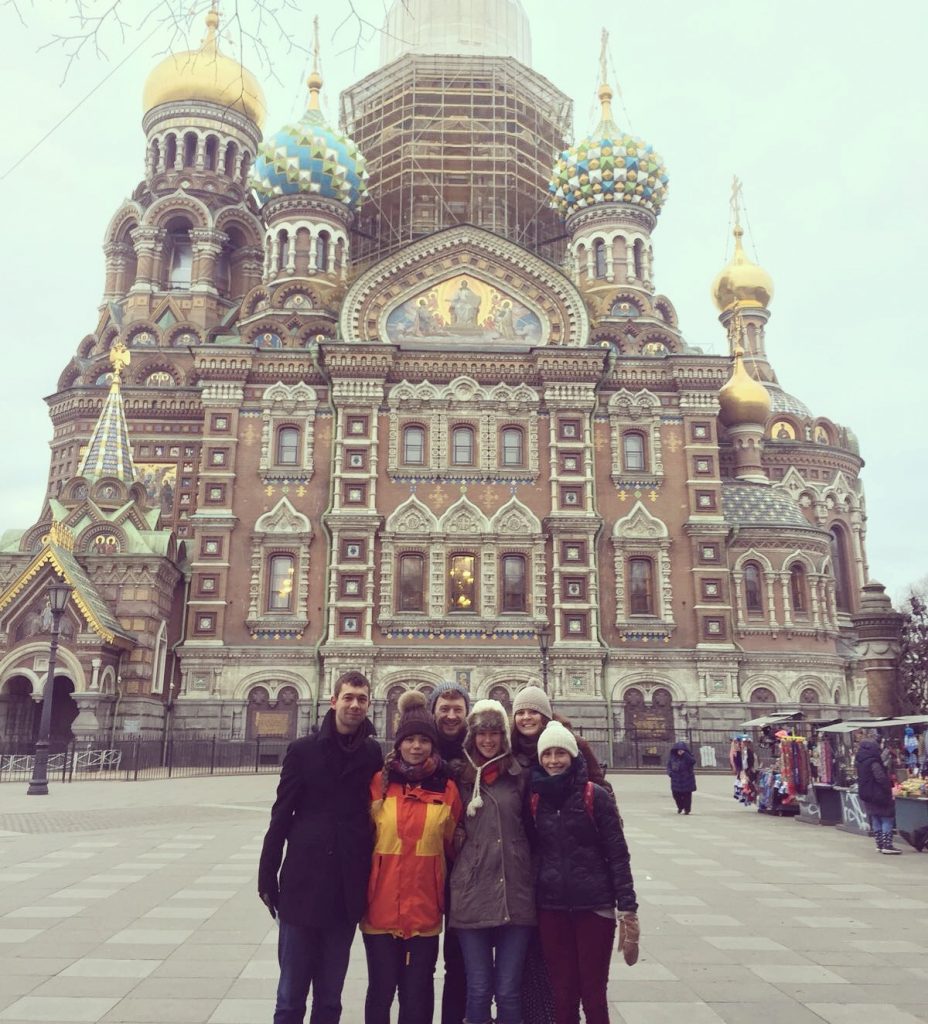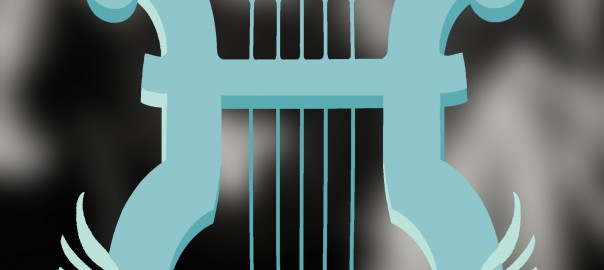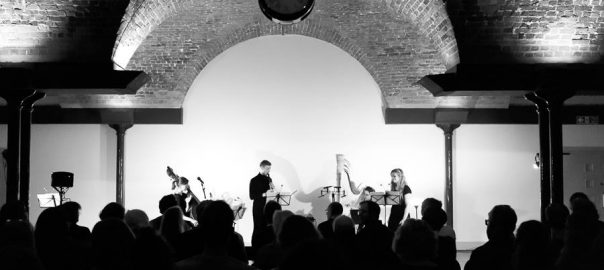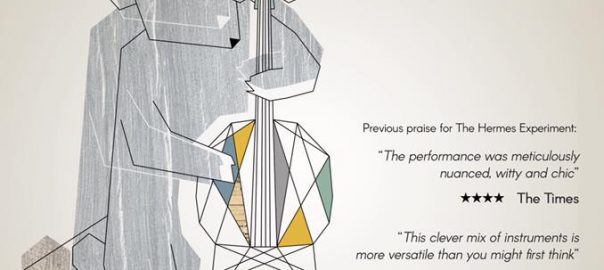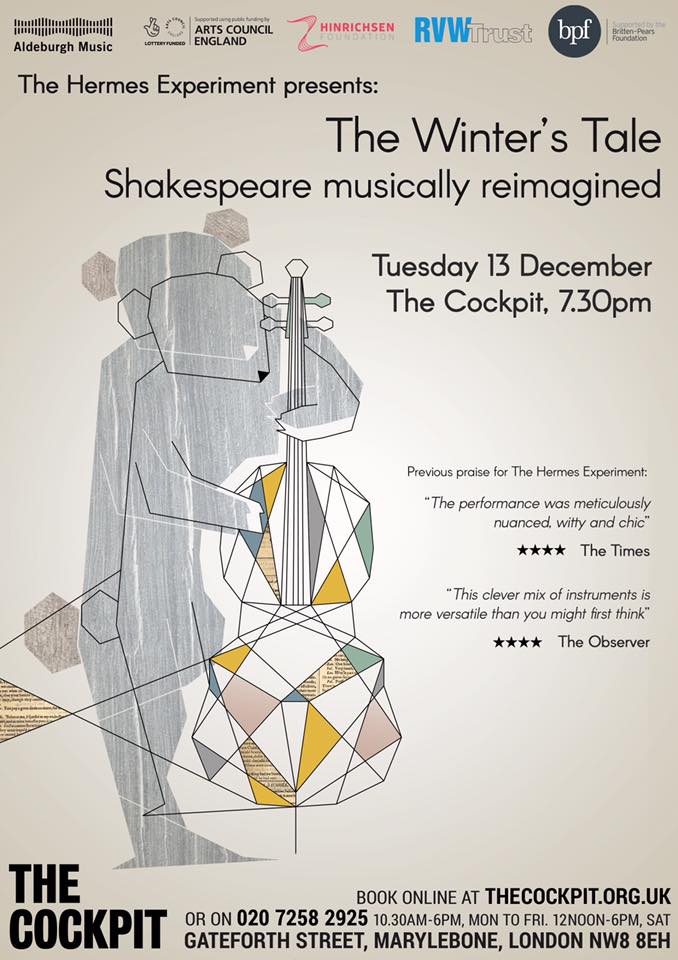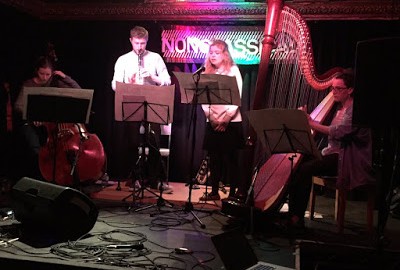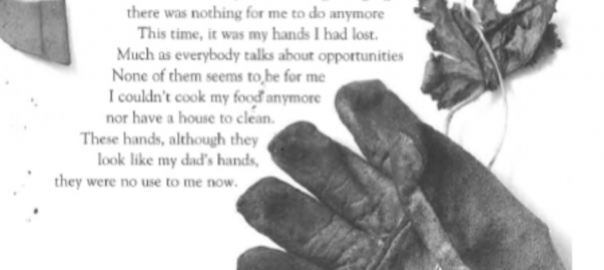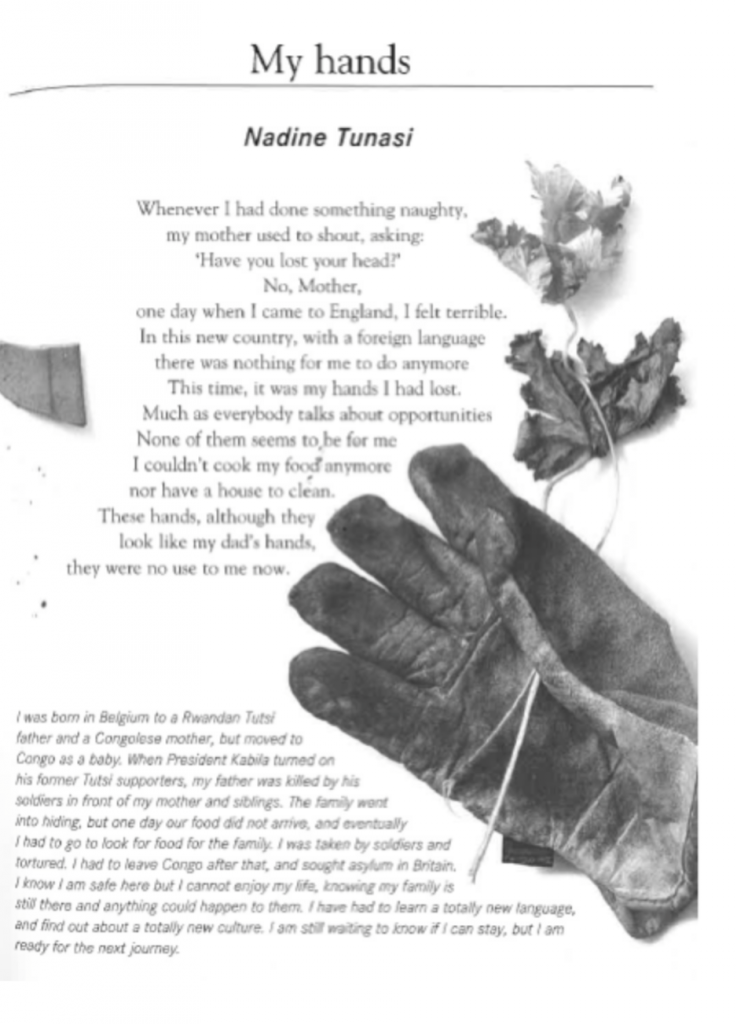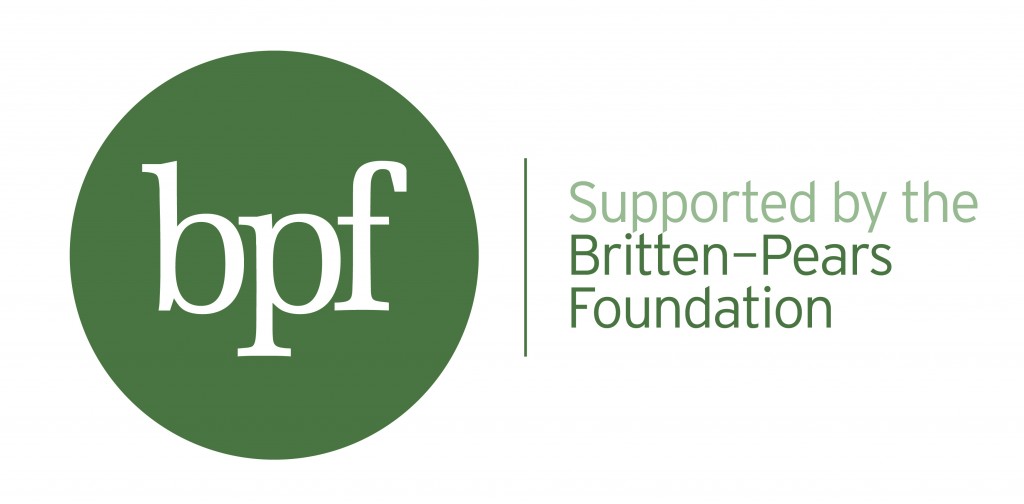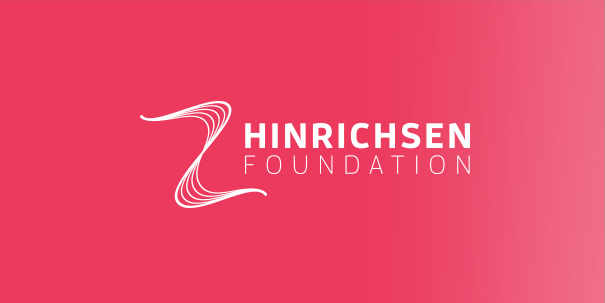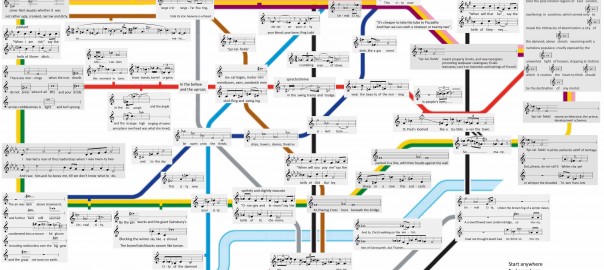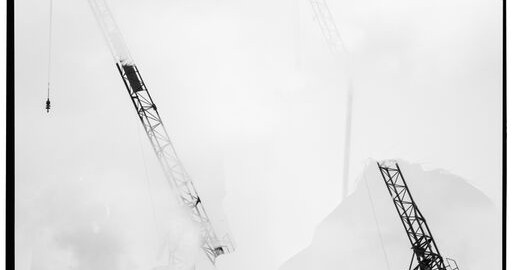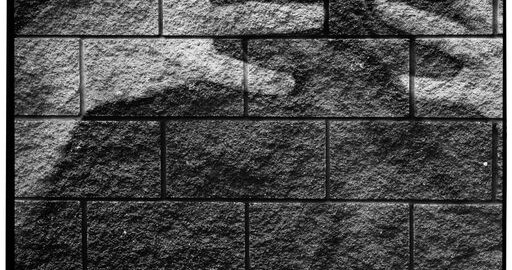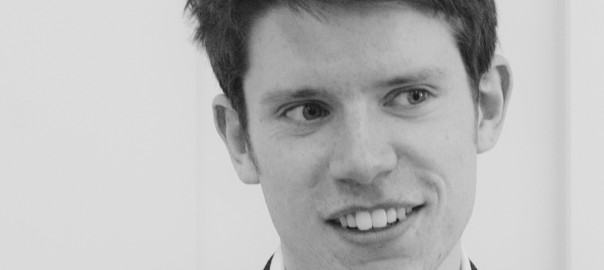Sourcing texts for Saṃsāra – my new piece for The Hermes Experiment
“The tears we’ve shed while wandering this long, long time are greater than the water in the four great oceans.”
I find one of the biggest challenges about writing a new vocal piece is deciding what text(s) to set, if it’s not immediately clear from the outset. It’s made even trickier if the main idea for the piece comes first and then texts are needed to bring it to life. This was the case for my recent piece for The Hermes Experiment, called Saṃsāra, premiering at Cafe OTO later this month.
‘Saṃsāra’ is a Sanskrit word used in Buddhism, Hinduism, Sikhism and Jainism to describe how the human soul wanders through endless cycles of birth and rebirth, transmigration and reincarnation, before it eventually achieves enlightenment. According to these religions, we are all in a state of saṃsāra: we have been here many times before, and will be back many times again, on an never-ending journey of rebirth, life and death. The subject fascinates me both for its profound and spiritual dimension but also for its connection to the mundane: the seemingly endless cycles and patterns of behaviour we drift in and out of in our everyday lives, sometimes against our better judgement.
On my quest for suitable texts to set, I turned to religious scriptures that discuss the notion of saṃsāra. I discovered many beautiful passages in Hindu and Buddhist texts, in particular the translations of The Tibetan Book of the Dead. But the problem with many of these extracts is they felt perfect just as they were; beautifully written and translated to be spoken or read, not set to music. During the search, I also came across some particularly inspiring translations of Buddhist texts by Ṭhānissaro Bhikkhu, the abbot of Metta Forest Buddhist Monastery in California, and I asked him for guidance on navigating the Buddhist canon that deals with saṃsāra.
The only way to contact the monastery is by post or phone, which is answered during one hour a day. After exchanging a series of voice messages the abbot very kindly sent me a collection of suitable texts and translations for me to draw upon. By this point, I’d also realised that I really wanted this piece to bring something new to the exploration of saṃsāra, both in the music and in the words. So in parallel to my communications with the monastery, I’d also asked the poet Konstantinos Papacharalmpos if he would be interested in writing a new text especially for the piece.
Konstantinos and I had met a while ago and I remember being instantly struck by his playful and original approach to structure, shape and meaning. Together, we developed a loose structure for a poem that would trace one complete cycle of rebirth, life and ‘re-death’. Konstantinos then worked his magic, creating four contrasting worlds exploring a soul’s journey as it wanders through saṃsāra and using water as a metaphor to convey cyclicality and transience.
The final text for the piece uses three key sections of Konstantinos’s new poem (the poem is printed in full in the score), interspaced with a refrain taken from The Tipitaka – the collection of texts that form the foundations of Theravada Buddhism – that the abbot had drawn my attention to:
“Many times, have you experienced the death of a father… the death of a mother… the death of a brother… the death of a sister… the death of a son… the death of a daughter. The tears we’ve shed while wandering this long, long time are greater than the water in the four great oceans.”
Much of the piece is written without a definite pulse or time signature, giving it a free, wandering quality. Instead, arrows in the score indicate moments of synchronicity while other decisions about timing are left to the performers. The refrain, which is worded slightly differently each time, represents the inevitable cycles of saṃsāra. The music is underpinned with a sequence of chords that repeat over and over, but in different guises and transformations. Finally, a single crotale, a shaker and bass drum beaters for the harp strings create a ritualistic atmosphere as the music unfolds.

